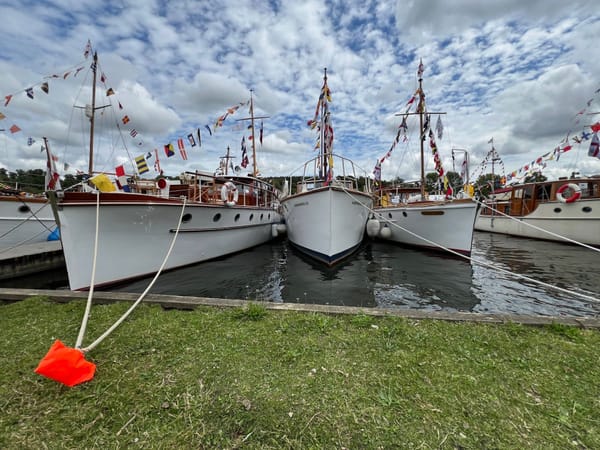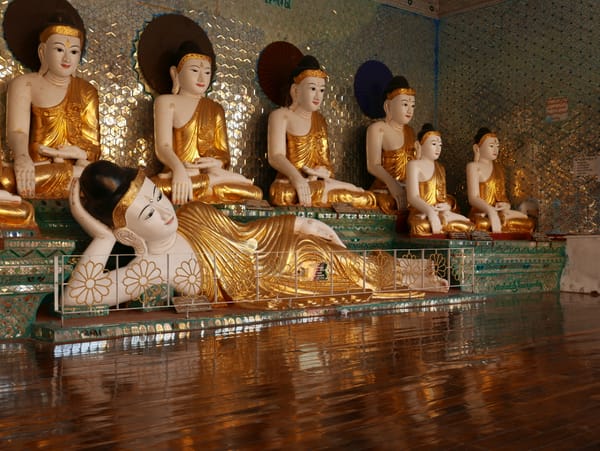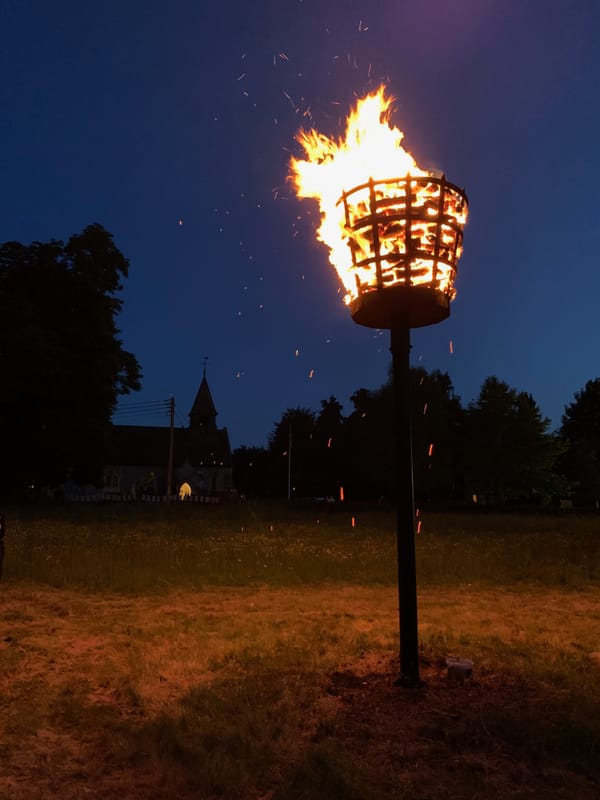Vietnam — Văn Miếu Quốc Tử Giám (Temple of Literature), Quốc Tử Giám (Văn Miếu), Đống Đa, Thành Phố Hà Nội, Hanoi, Vietnam
Exploring the Temple of Literature
September 2015
Văn Miếu Quốc Tử Giám (Temple of Literature), Quốc Tử Giám (Văn Miếu), Đống Đa, Thành Phố Hà Nội, is situated to the south of the Thang Long Citadel. The temple consists of a lake, some parkland, and five interior courtyards, all surrounded by a brick wall. There was an entry fee of 30,000 Vietnamese Dong (£1 GBP; $1.50 USD).
As you enter the temple, you pass through a rather elaborate gateway to the five interior courtyards.
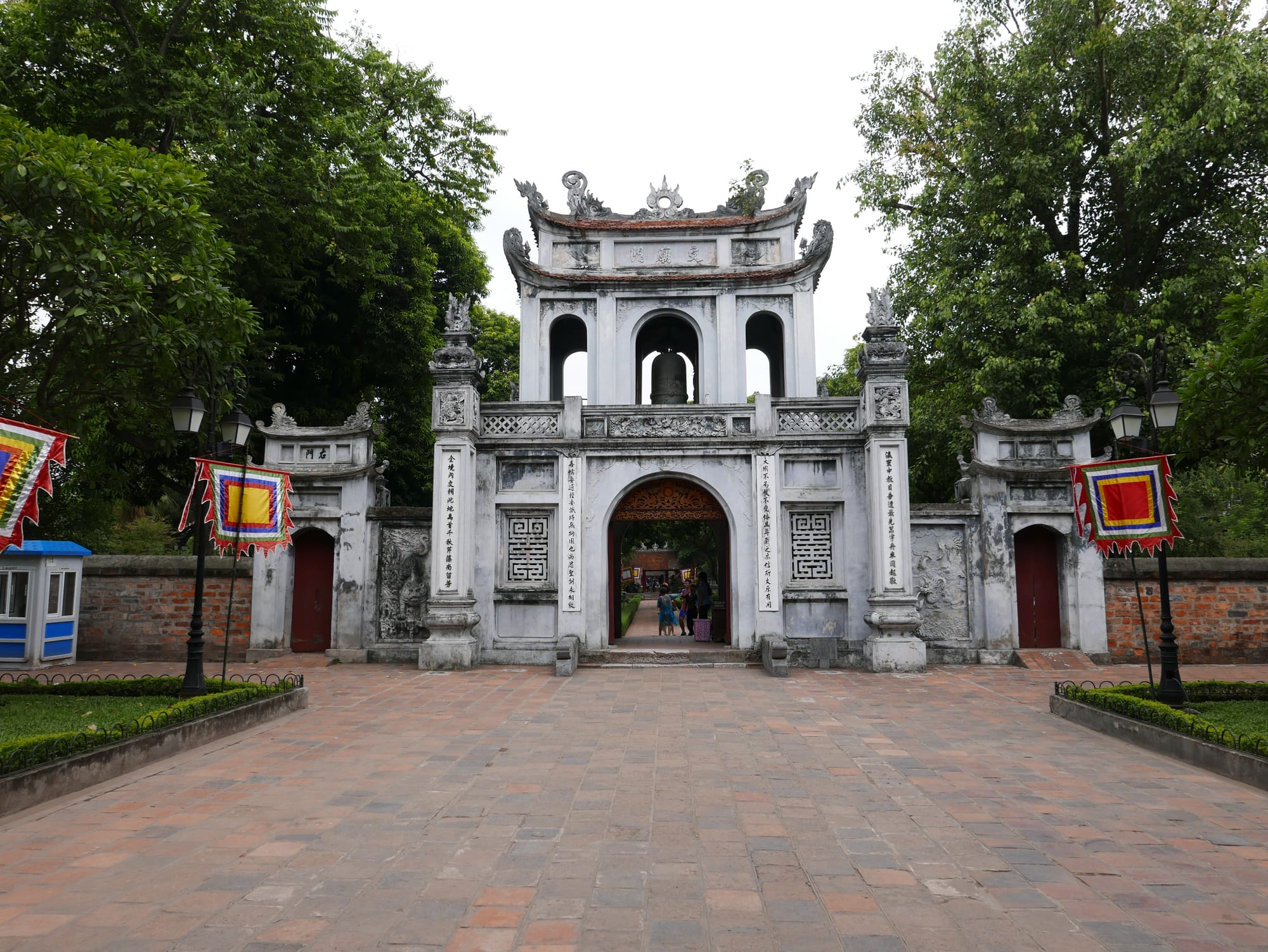
The first courtyard extends from the main gate to the middle gate.
The second courtyard contains a pavilion which was built in 1805.
The third courtyard houses 82 doctors’ ‘stelae’ (an upright stone slab or column bearing a commemorative inscription or relief design).
The fourth courtyard contained two houses, initially used for housing the altar of the 72 most honoured disciples of Confucius and Chu Van An.
The fifth courtyard originally contained the National University for Confucius Scholars.
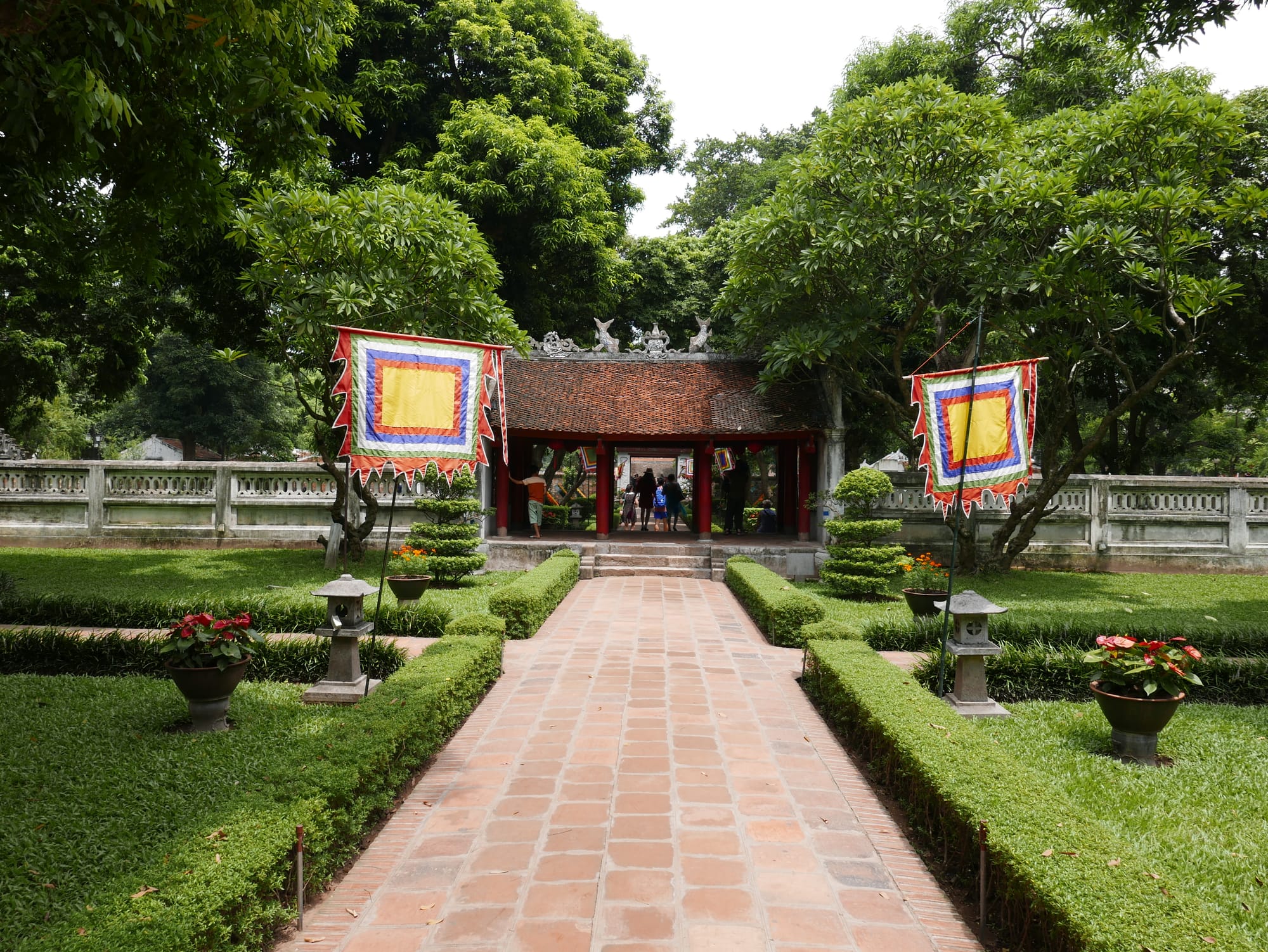
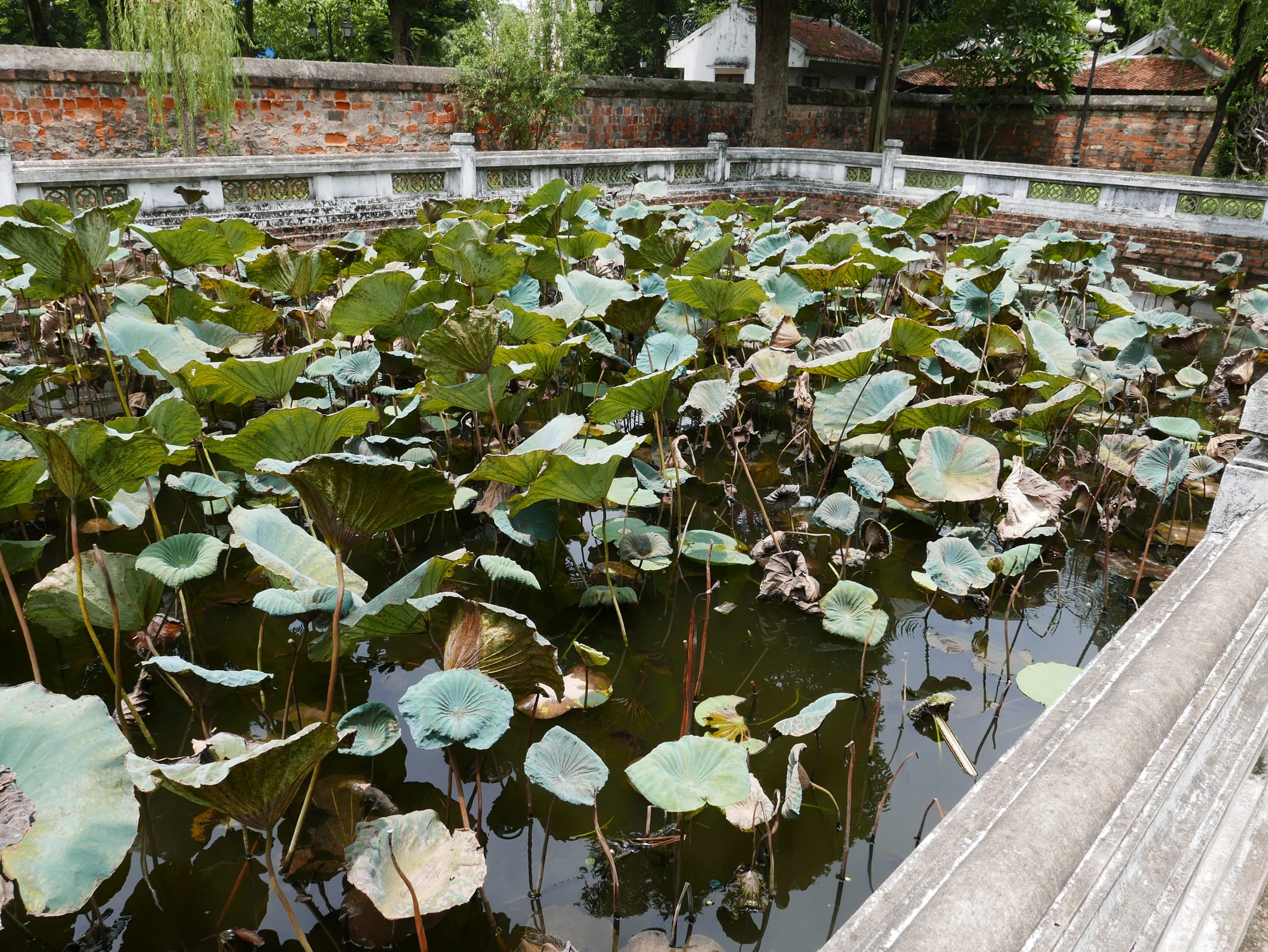
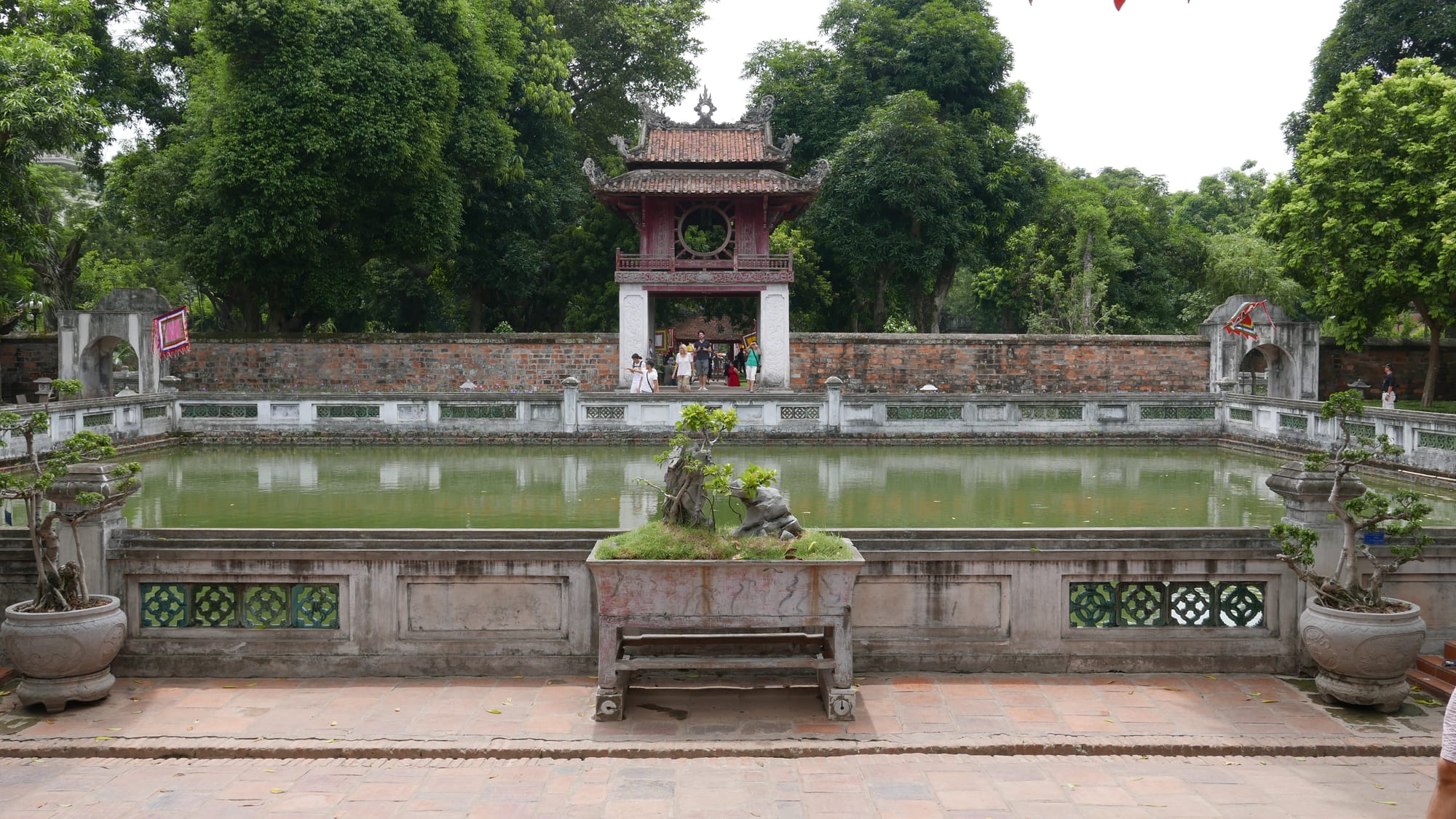
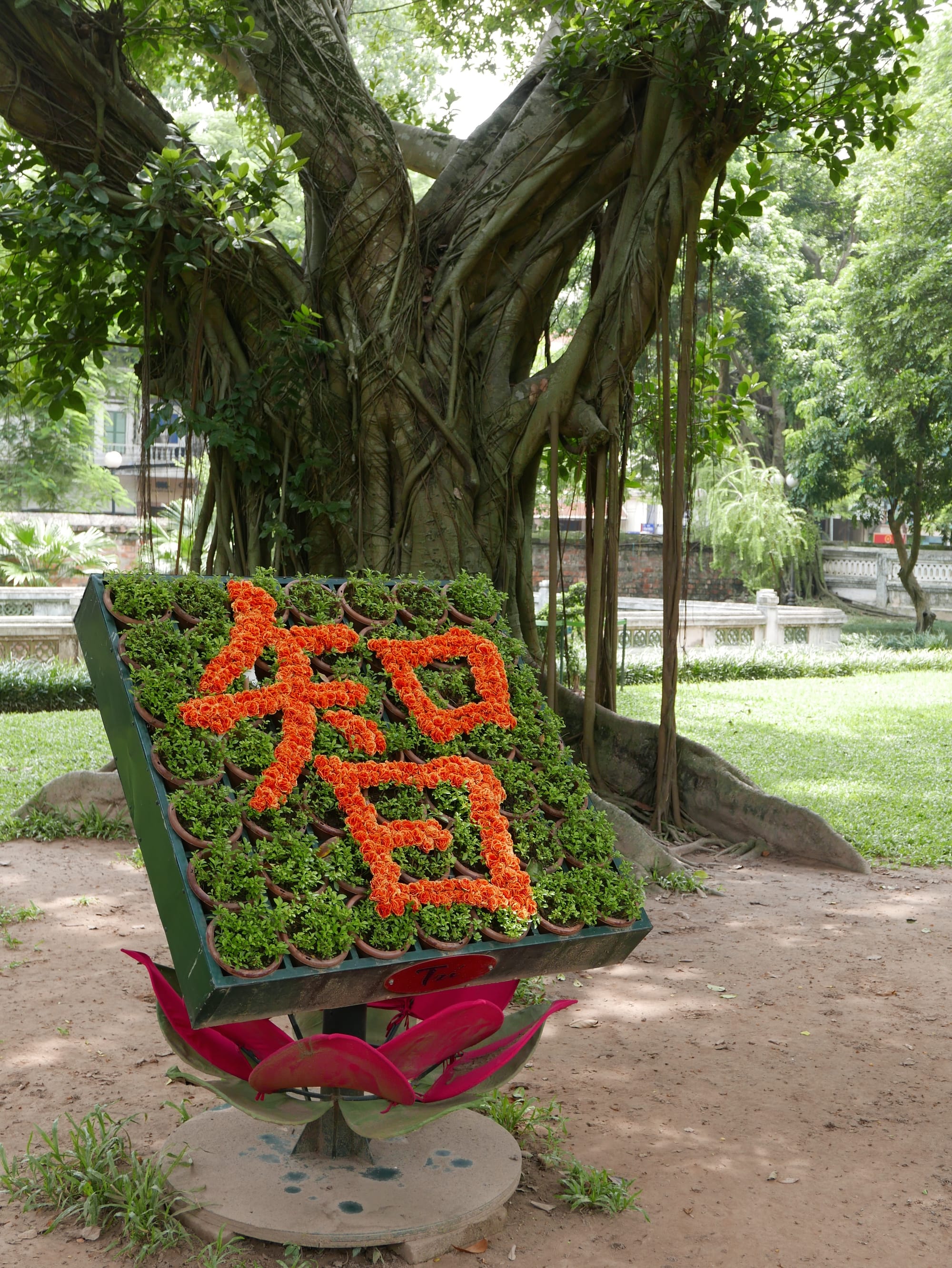
The National University for Confucius Scholars is located in the fifth courtyard and can be dated back to 1076, with further development in the 15th century. The students typically studied at the University for 3 to 7 years, with minor examinations monthly and four major tests each year. If the students successfully passed these exams, their results were approved by the Ministry of Rites, and they could progress to the National Exam. If a student passed the National Exam, they would sit the Royal Exam held in the fifth courtyard. The King presided over this exam, who also set the questions and responded to candidates’ answers. If the candidate passed the final exam, their name would be added to the doctors’ ‘stelae’ located in the third courtyard.
The doctors’ ‘stelae’ records the names, and places of birth, of 1307 graduates from the 82 Royal Exams. These stelae were first set up in 1484 and contain works of ancient Chinese literature praising the King’s merits and citing the reasons for holding the exams. The ‘stelae of doctor laureates’ (as they’re also known) were placed on stone tortoise shells as the tortoise is one of Vietnam’s four holy creatures, along with the dragon, unicorn, and phoenix.
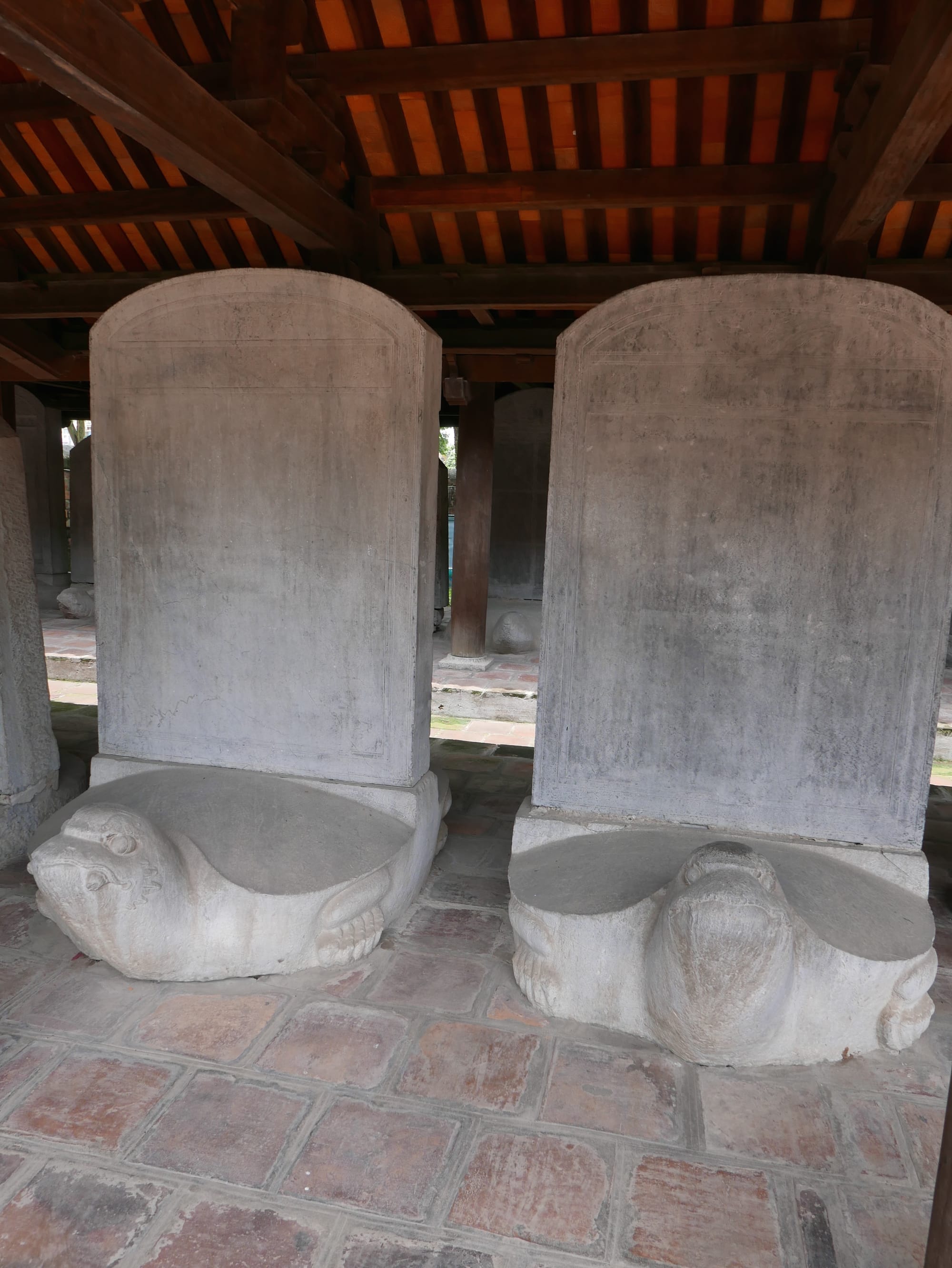
Each tortoise was slightly different, and they were in remarkable condition, considering some of them were over 500 years old
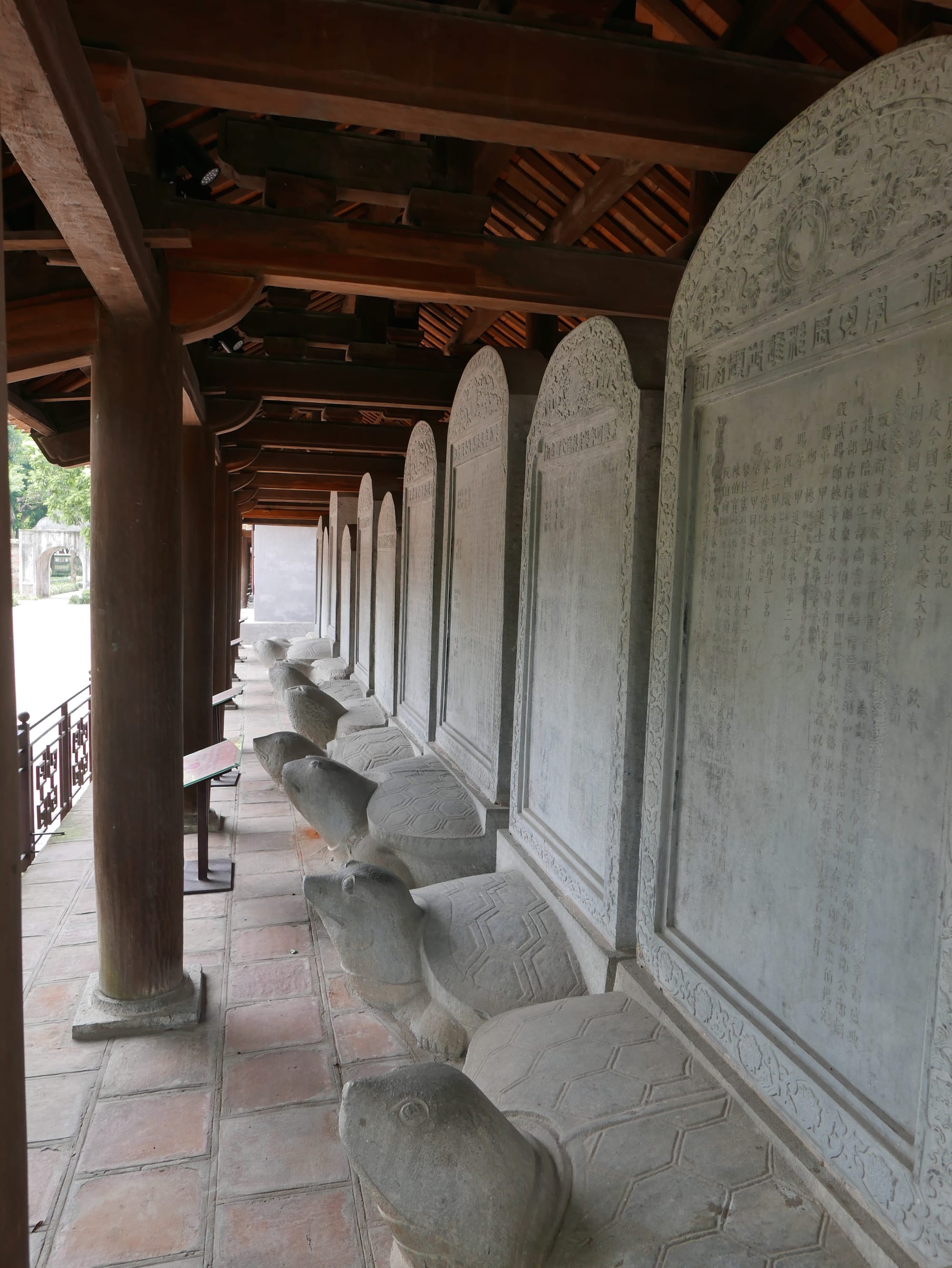
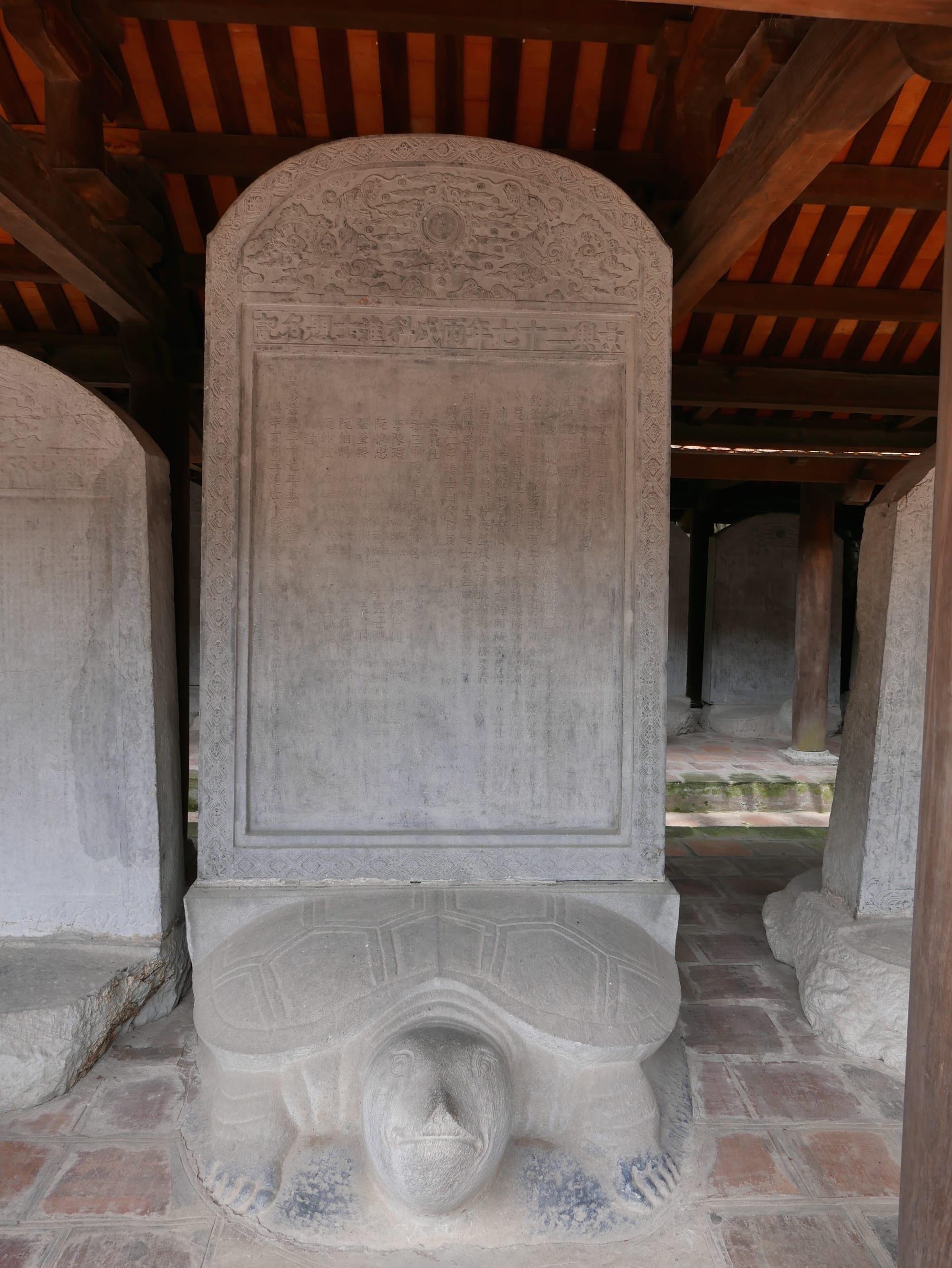
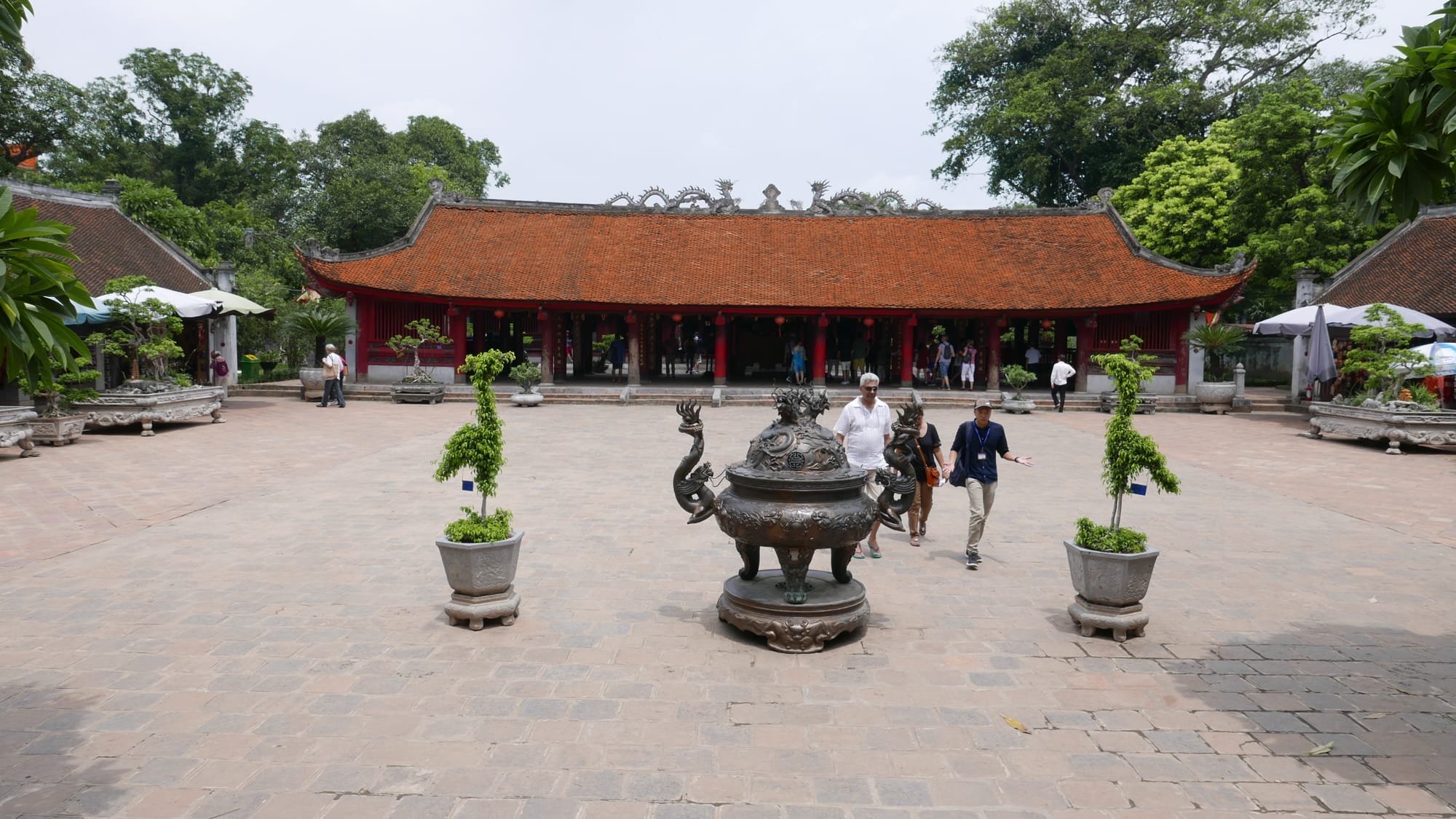
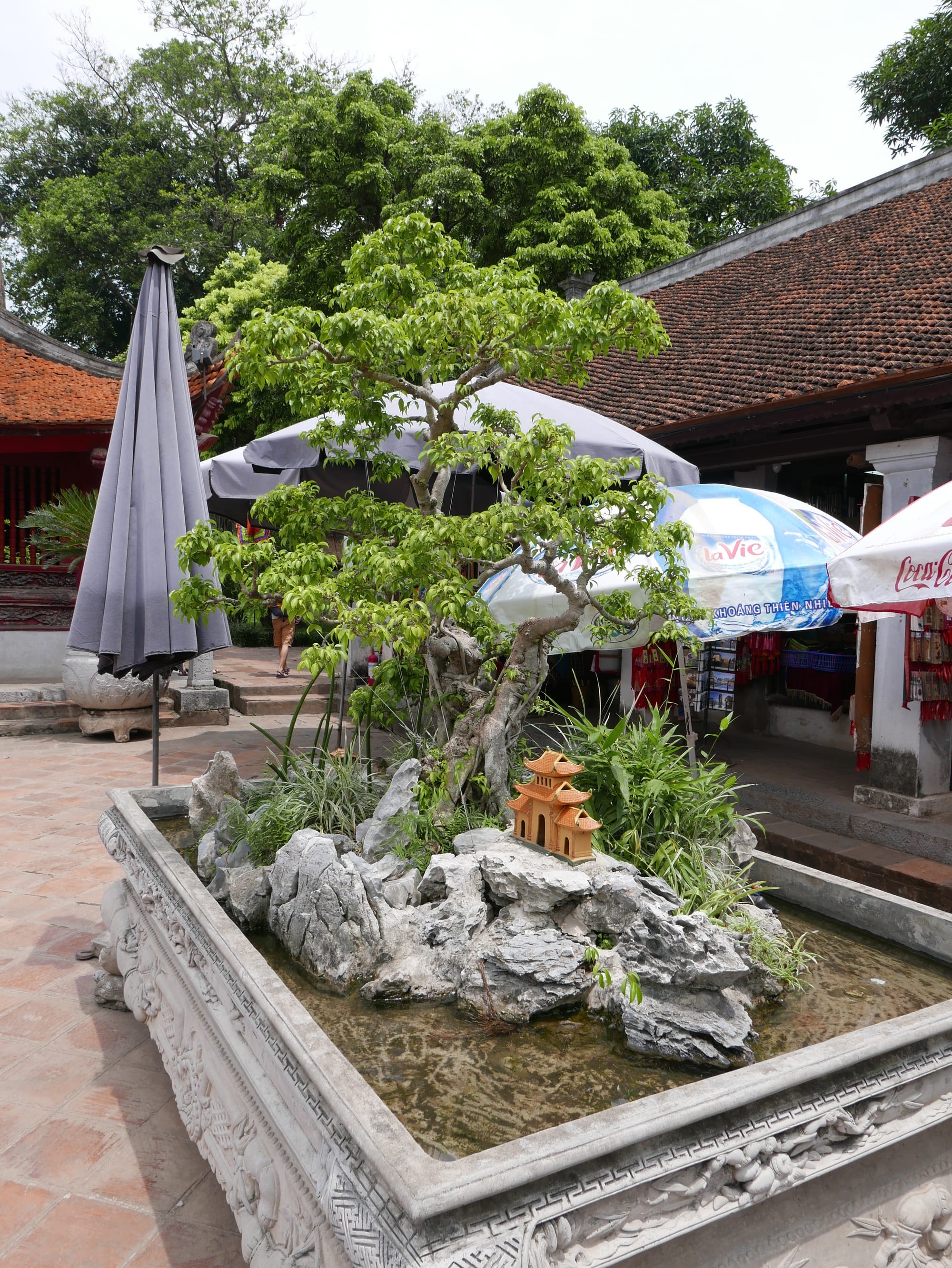
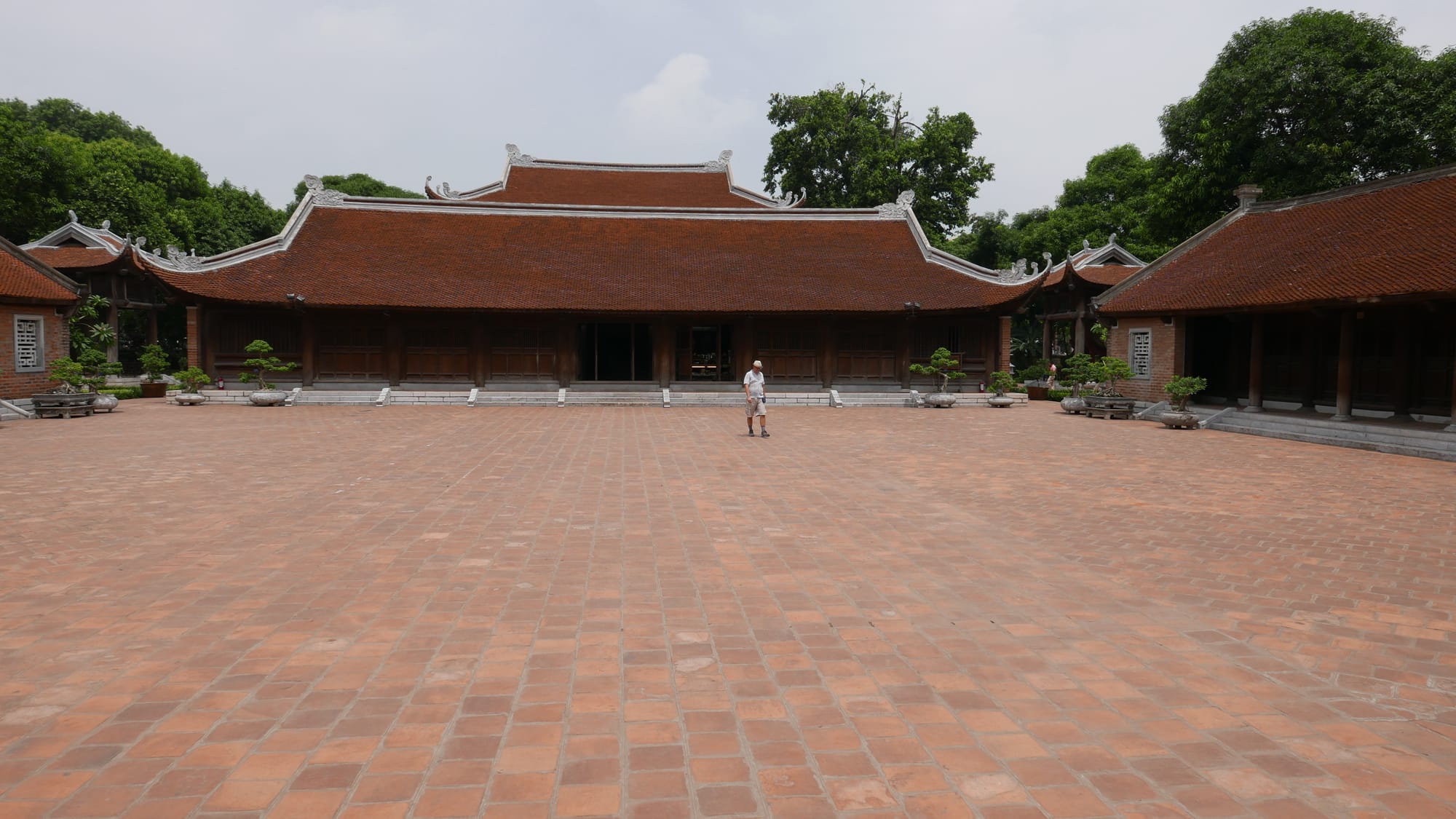
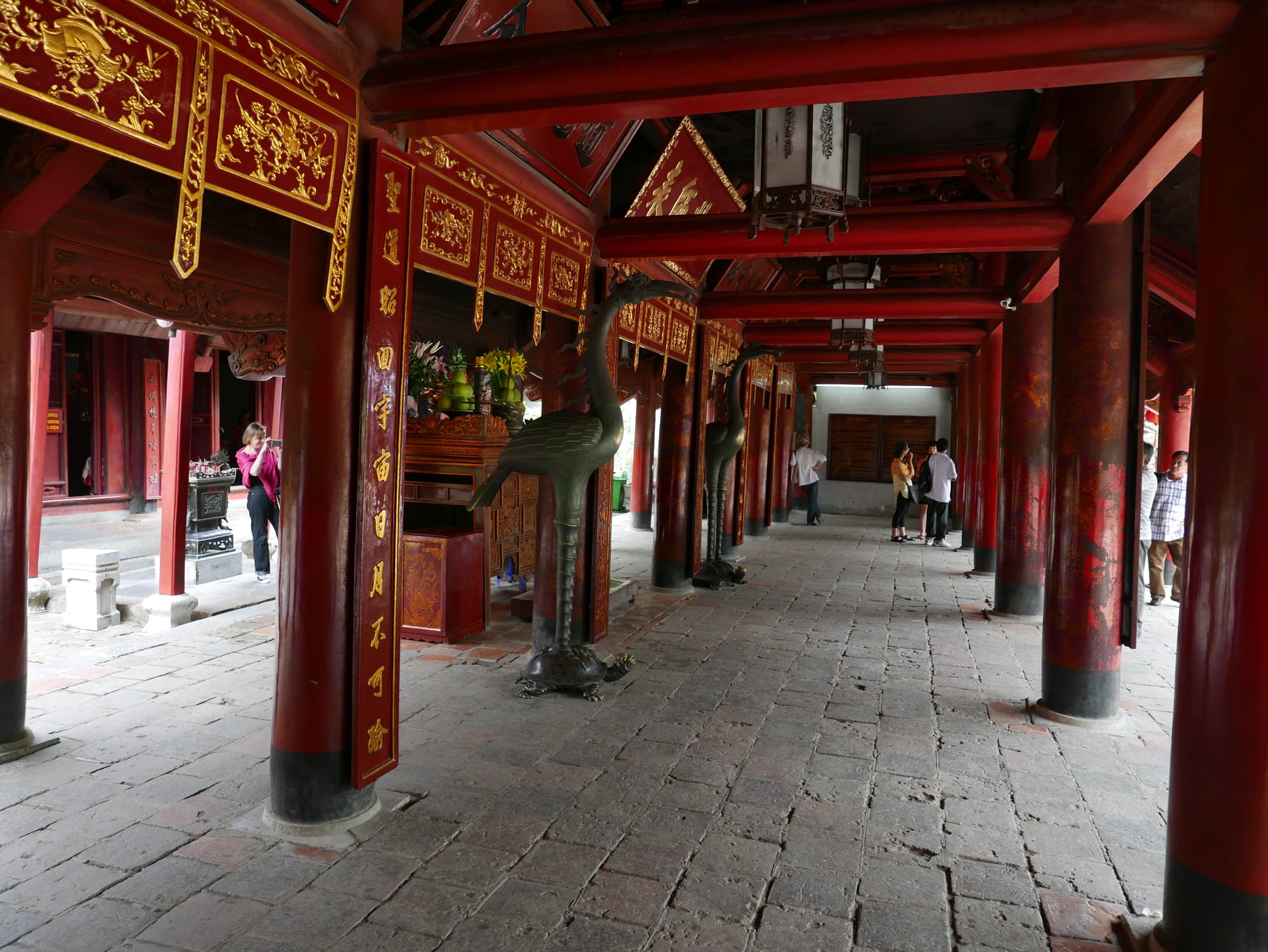
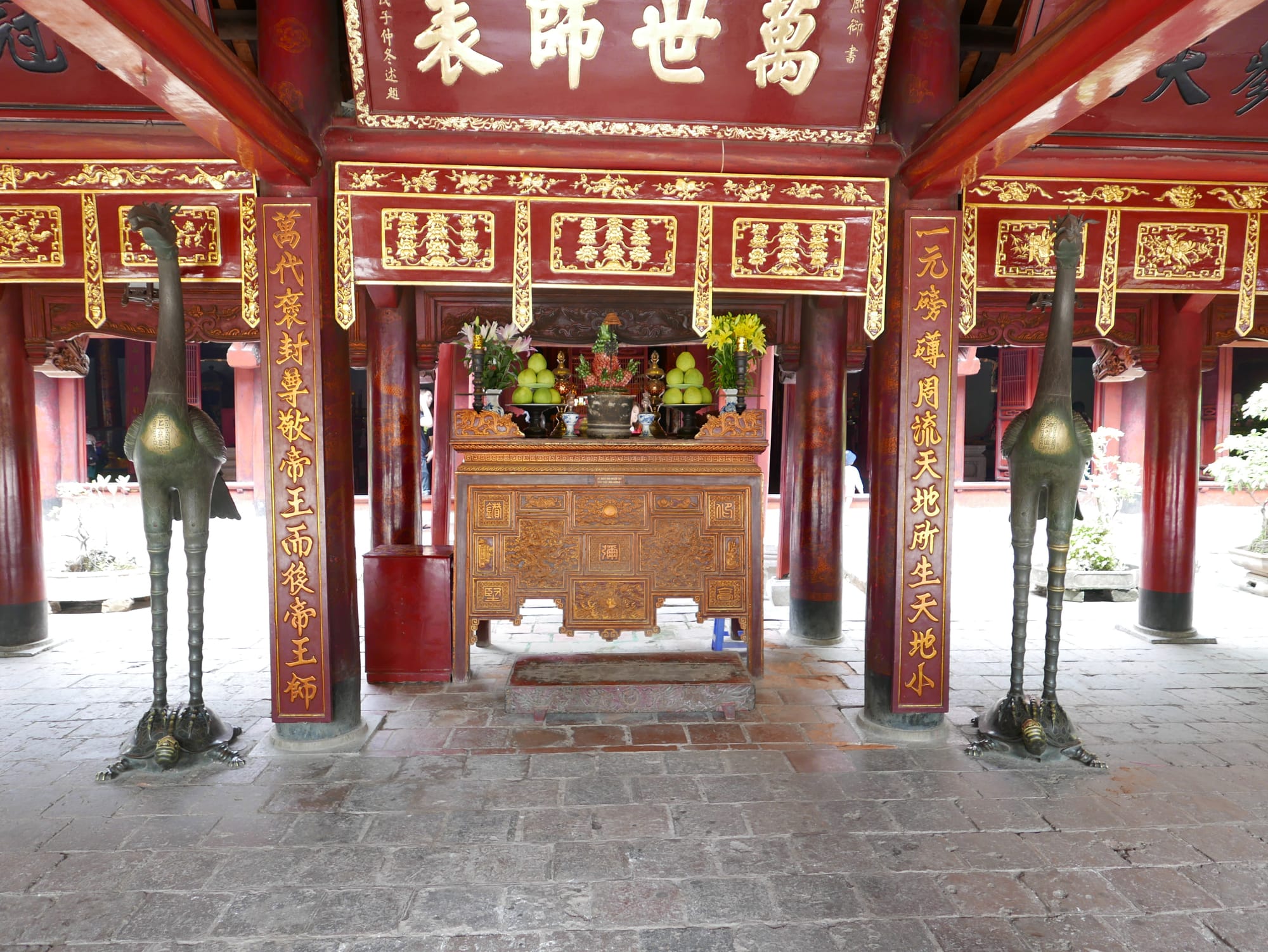
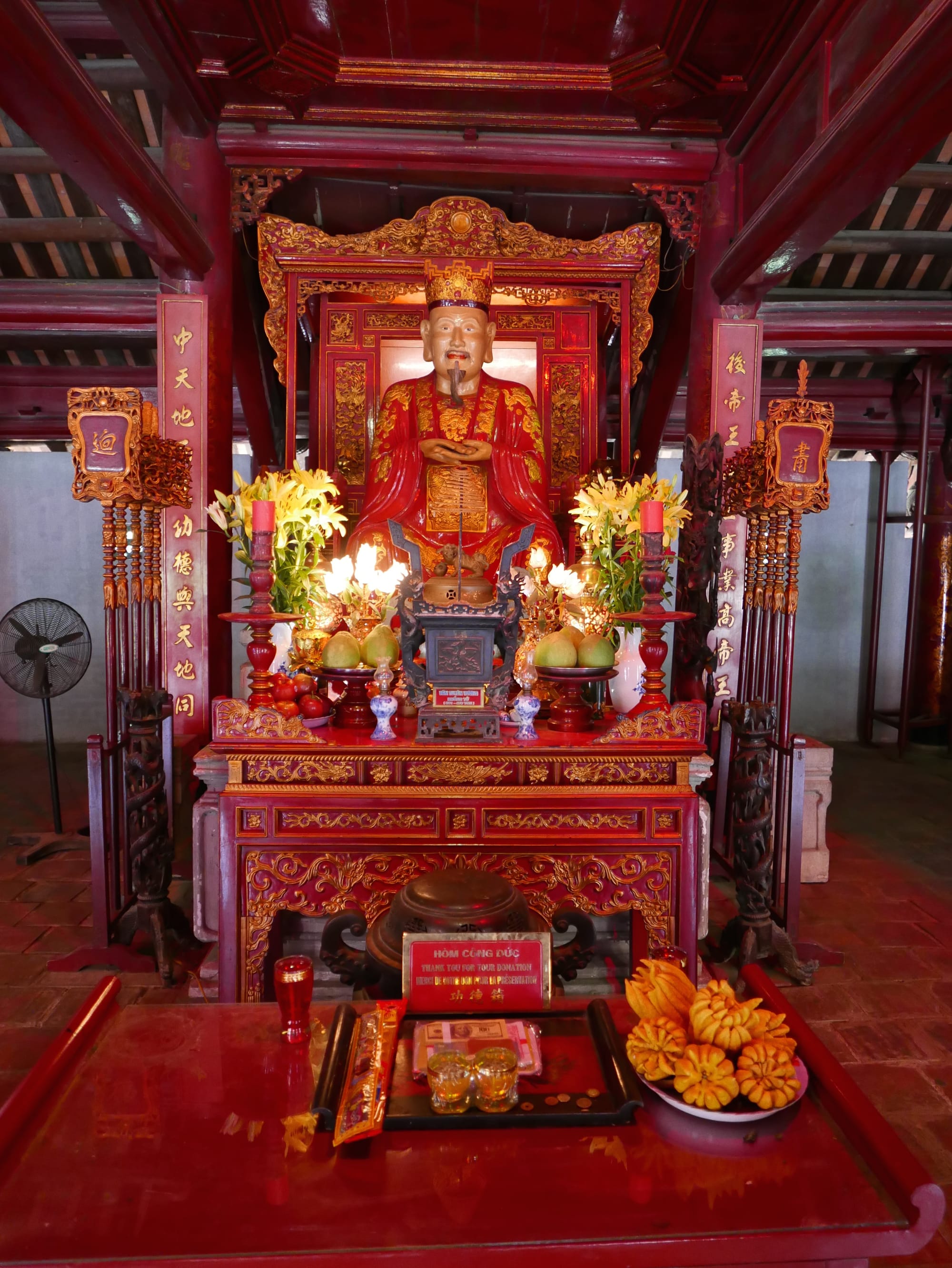
The Văn Miếu Quốc Tử Giám (Temple of Literature), Quốc Tử Giám (Văn Miếu), Đống Đa, Thành Phố Hà Nội was a fascinating place to visit, it was great to visit somewhere that felt so quiet and tranquil, and which also had so much history associated with it.
Foursquare: Temple of Literature
